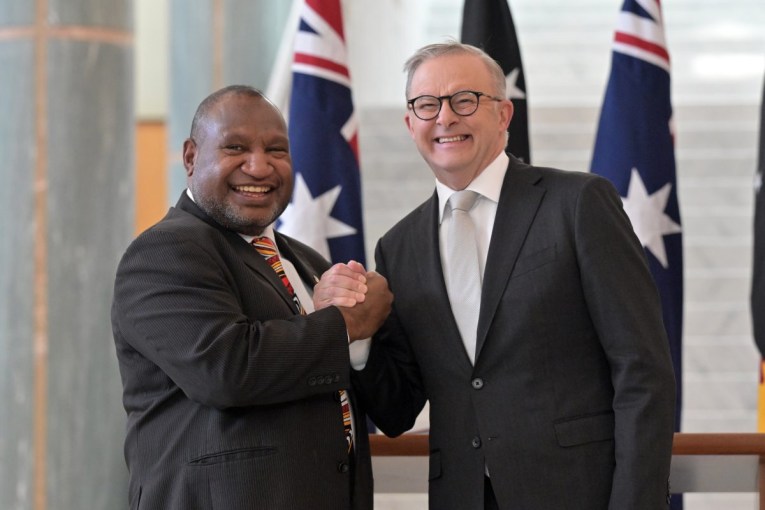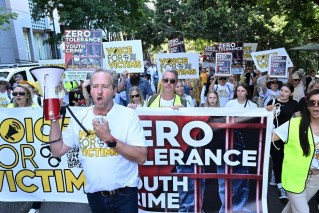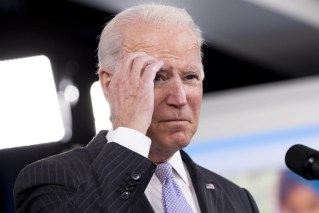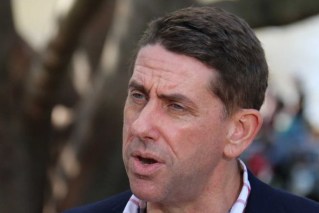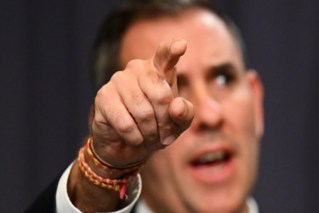Tax cuts on the fast track as Labor pledges to wave new laws through
More than 11 million Australians will receive a tax cut as soon as possible as the Morrison Government spends up big to guide the nation out of a coronavirus-led recession.
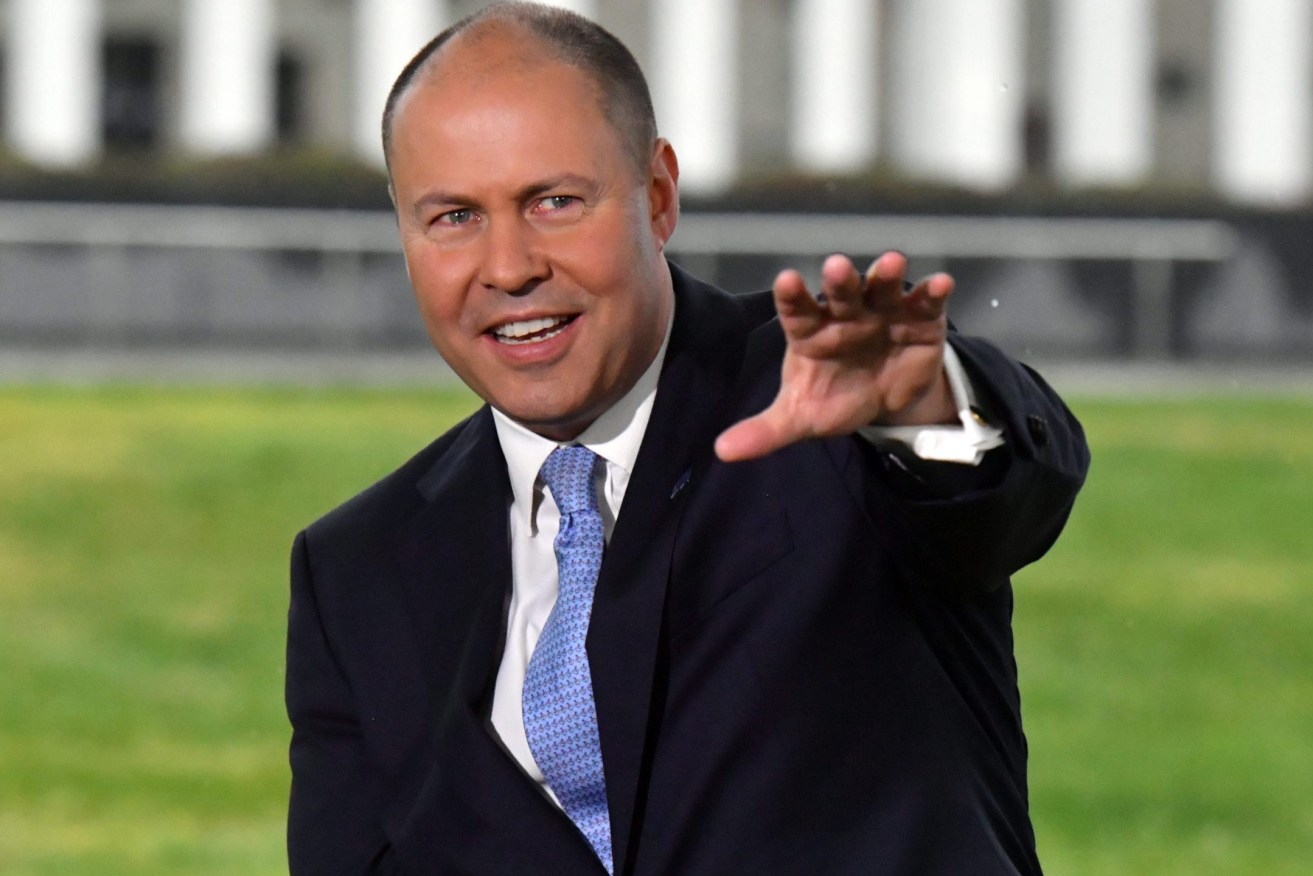
Treasurer Josh Frydenberg will present his fourth Budget on Tuesday night. (Photo: AAP Image/Mick Tsikas)
Treasurer Josh Frydenberg has pitched the 2020-21 federal budget as being all about jobs after the pandemic ripped the economy to shreds.
“The Great Depression and two world wars did not bring Australia to its knees, neither will COVID-19,” he said on Tuesday night.
Workers could see an increase in their take-home pay within weeks as the Federal Government seeks to quickly implement $50 billion in fast-tracked tax cuts.
Labor will back the tax cuts to ensure the benefits flow-through to workers as soon as possible. Shadow treasurer Jim Chalmers has already written to the tax commissioner Chris Jordan to confirm the opposition’s support for individual tax cuts that were announced in Tuesday’s federal budget.
They include the bringing forward of cuts that were scheduled for two years time backdated to July 1 and the extension of the low and middle income tax offset.
“I note that you require public bipartisan support for these amendments to be able to implement the updated tax withholding schedules prior to the passage of amendments through parliament,” Dr Chalmers wrote.
Frydenberg will introduce the legislation today, and hopes it will pass the Parliament this week, which would allow the Australian Taxation Office (ATO) to implement the cut.
“The ATO have told us that they can update their PAYG [Pay As You Go] withholding schedules as soon as mid this month,” Frydenberg said.
Under the coalition’s $17.8 billion tax cut plan, low and middle-income earners will receive relief of up to $2745 for singles and $5490 for couples compared to 2017/18.
Tax cuts will be backdated to July 1, with the 32.5 per cent threshold lifted from $90,000 to $120,000 and the 19 per cent trigger hiked from $37,000 to $45,000.
The plan’s final stage will remain scheduled for 2024/25 when someone earning $45,000 annually will be in the same tax bracket as a worker on $200,000.
All businesses – excluding the four big banks – which hire welfare recipients aged 16 to 35 will receive credit, in a move to support an estimated 450,000 jobs.
Workers under 30 will draw a $200 weekly government subsidy, while someone between 30 and 35 will attract $100.
Newly hired staff must work at least 20 hours a week, with the scheme slated to cost the budget $4 billion.
Labor accused the government of leaving too many people behind, including almost one million aged over 35 on unemployment benefits excluded from the hiring subsidies.
“One trillion dollars of debt, a track record of no delivery and no plan for the future,” Shadow Treasurer Jim Chalmers said of the budget.
There was no plan for social housing, cheaper and cleaner energy, or aged care, he added.
After coming under immense pressure over nursing home failures through a royal commission, the coalition will pump $1.6 billion into 23,000 additional home care packages.
Pensioners will also receive a boost with separate $250 cash payments in December and March.
From Tuesday, almost every business in the country will be able to write off the full value of any eligible asset until June 2022.
“Every sector of our economy, every corner of our country, will benefit,” the treasurer said.
Roads spending will be ratcheted up with the government’s 10-year infrastructure pipeline receiving a $10 billion boost, taking it to $110 billion.
There is more than $750 million to continue COVID-19 testing and almost $376 million to add new drugs to the pharmaceutical benefits scheme.
The economic blueprint also locks in previously-announced commitments to fire up manufacturing and pay a 50 per cent wage subsidy for apprentices and trainees.
Budget papers reveal an eye-watering deficit of $213.7 billion which is predicted to fall to $66.9 billion in 2023/24.
Government debt will exceed $1 trillion by 2021/22.
“Our economy has been hit, and hit hard,” Frydenberg said.
Unemployment is expected to peak at eight per cent by the December quarter, lower than the initial forecast of 10 per cent.
The economy is expected to shrink by 3.75 per cent this calendar year before growing 4.25 per cent in 2021.
Before the budget’s release, the Reserve Bank left the cash rate untouched at a record low 0.25 per cent.
Frydenberg said people across the country were digging deep, banding together and getting on with it.
“The road to recovery will be hard – but there is hope,” he said.
The government will also reform superannuation to stop new accounts being created every time a worker changes jobs.
Australian Council of Trade Unions president Michele O’Neil said the budget was a missed opportunity to adopt free child care and boost TAFE spending.
“We are also concerned about the tax cuts and believe that investment in services and public programs are a better long- term investment than individual tax cuts,” she said.
“A tax cut does nothing for you if you don’t have a job.”
Business Council chief executive Jennifer Westacott said it was the right budget for the time.
“The budget goes a long way to restoring hope and giving us confidence that we can come back stronger and better than before as we combat an unprecedented global downturn,” she said.
-AAP
